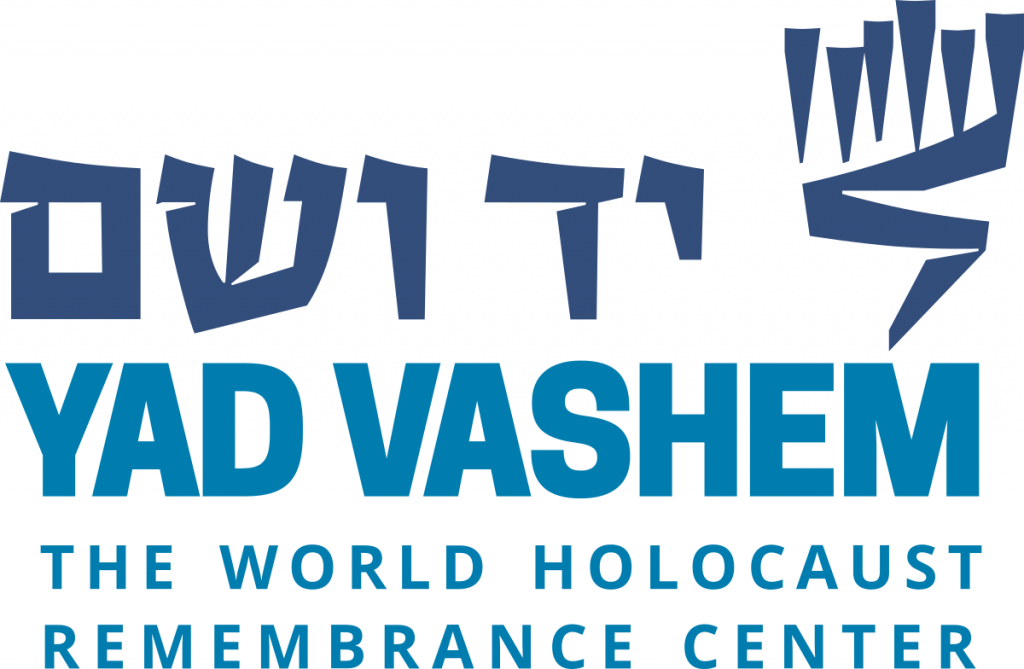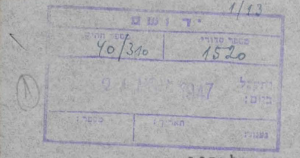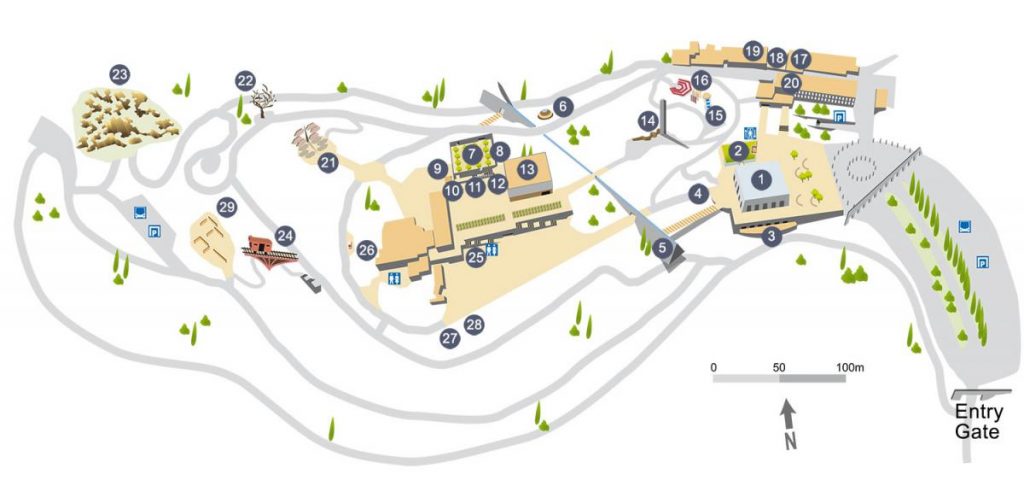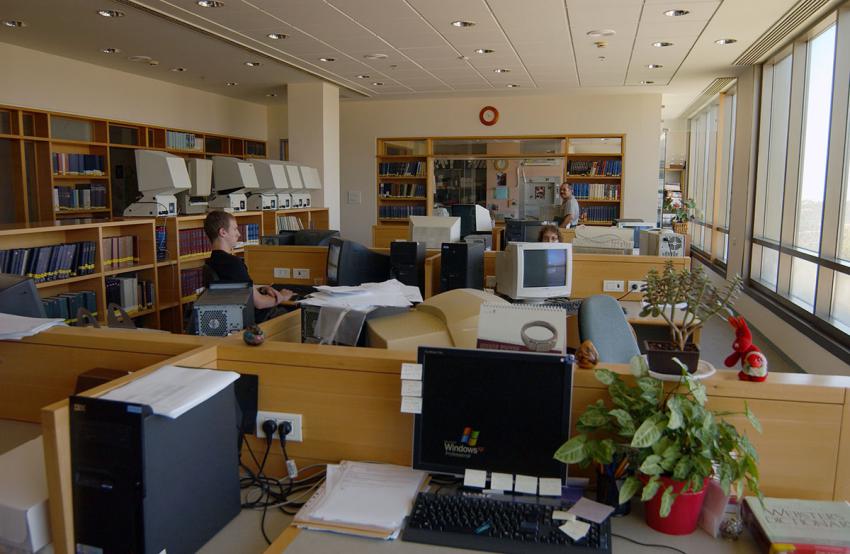Yad Vashem’s Reference and Information Services Department manages extensive archives along with its library and information databases relating to the Holocaust. Today, the collections include over 210 million pages of documentation and 500,000 photographs. Yad Vashem also holds over 125,000 Holocaust testimonies; more than half of them are video taped (as opposed to written or audio testimonies). During COVID-19, they also developed robust remote research services.

Today’s Yad Vashem was formed officially in 1953 with the passage of Israel’s Yad Vashem Law, which established it as the state’s official Holocaust remembrance authority under the Ministry of Education (at that time headed by Ben-Zion Dinur). However, the idea for Yad Vashem originated more than a decade before, when in 1942 Mordechai Shenhavi (1900-1983) proposed to the Jewish National Fund that it create a national park or other monument to the Jews who were being murdered in the Holocaust. From the earliest proposals, it would also have a major documentation component. As Zerah Warhaftig put it in 1947, they hoped to form a “Central World Archives in Jerusalem for the History of the Holocaust and the Heroism of Our People in Recent Years.”
While Yad Vashem tried to create an archive prior to the formation of the State of Israel, which was directed by Sarah Friedlander, who died during the 1948 war. Under Friedlander’s direction, Israel Kastner—who infamously was put on trial in 1954 in relation to the scandal of collaborating with the Nazis to save Hungarian Jews on the so-called “Kastner train” (among them Friedlander)—sought to gather Holocaust documentation in Europe in 1947-1948, while testifying at the Nuremberg trials. However, he was unable to secure much material.

The Yad Vashem archives developed more robustly after the formation of the “second” Yad Vashem. Now under the leadership of Dinur, then minister of education, and with Józef Kermisz as the director of the archives department (which he led from 1953 to 1979), the group collaborated with the Jewish Historical General Archives (today the Central Archive for the History of the Jewish People) and the Central Zionist Archives to gather historical materials under the banner of the “ingathering of the exiles of the past.” In addition, in 1957 the JHGA relocated to Yad Vashem’s campus (where they would be until the early 1960s).
In 2000, the Yad Vashem archives relocated to its current building.
Yad Vashem’s archives today consist of three main areas:
- Documentation materials, both of Jewish organizations and institutions, and also German-produced documents from the era of the Holocaust. This includes posters, letters, memoirs, testimonies, diaries, legal documents, and more.
- Testimonies of Holocaust survivors, initially written testimonies and then videotaped testimonies.
- “Pages of testimony,” where survivors write down the names and personal details of family members and friends who were murdered in the Holocaust.
Research Notes
Yad Vashem’s archives are located in a dedicated building on the campus, to the right of the main visitor’s center.

Researchers can utilize a number of desktop computers in the reading room to access materials which have been digitized. Some materials which are not yet digitized can be brought to the reading room in the original. Computerized databases also include materials from the International Tracing Service (ITS), and Yad Vashem databases including the Central Database of Shoah Victims’ Names (which contain the pages of testimony) and Yad Vashem’s photo archive.

There is a secondary reading room behind the main reading room, which scholars can utilize upon request.
Copying materials can be done for a small fee. Some of the computers in the secondary reading room offer direct access to the digitized files.

Materials are organized into collections with the following prefixes, e.g. O.3 for Yad Vashem testimonies.
- O (osef, אוסף) – general collections
- M (place, מקום) – collections relating to a specific place
- P – personal collections
- R – Nazi documentation
- TR – trial materials
- JM – microfilms
- VT – video testimonies
Further Reading
- Brog, Mooli. “In Blessed Memory of a Dream: Mordechai Shenhavi and Initial Holocaust Commemoration Ideas in Palestine, 1942-1945.” Yad Vashem Studies 30 (2002): 297–336.
- Boaz Cohen. “The Difficulties of Creating a Holocaust Archive: Yad Vashem and Israel Kastner, 1947–1948.” Jewish Culture and History 15, no. 3 (September 2, 2014): 173–87.
- Dalia Ofer. “The Strength of Remembrance: Commemorating the Holocaust during the First Decade of Israel.” Jewish Social Studies 6, no. 2 (2000): 24–55.